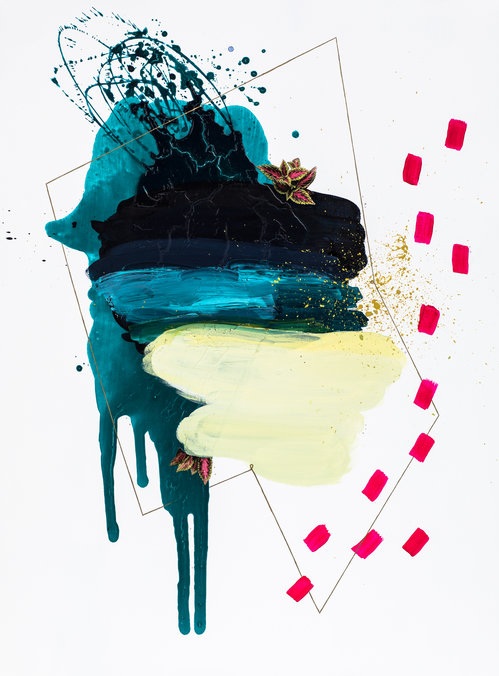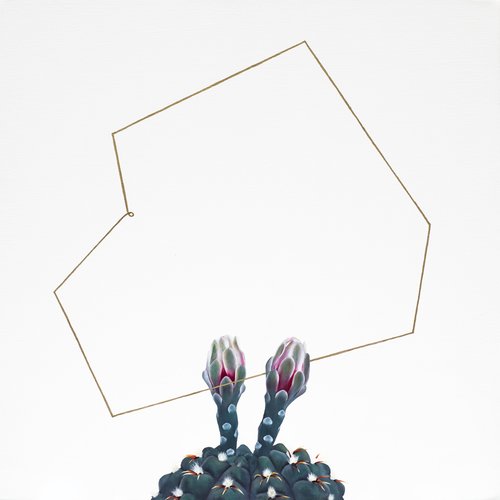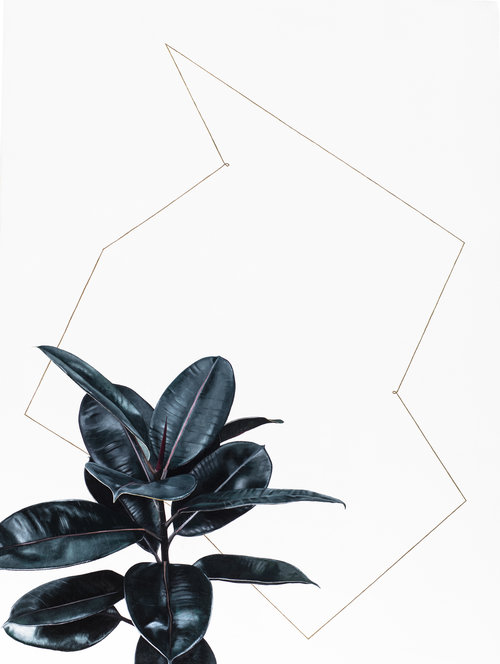They say experiences have the power to shape our lives. Yet many times, it’s not simply the experience or what we may witness, but the people involved who become an essential part of the memories we carry with us.
For Maryland-based artist Melvin Nesbitt, sharing stories from his actual experiences through his work are at the core of his artistic evolution. Nesbitt’s more recent work since 2017 is in the form of a more personal theme in the form of elaborate collages resembling paintings. These portray recollections of growing up as a young boy in the Tobias Hartwell Courts projects in Spartanburg, South Carolina, which he refers to as “Tobe.”
Social influence is a strong platform for art expression, and the environments in which we grow up can surely influence our worldview. In Nesbitt’s work you’ll find scenes of a reality highlighting the vibrancy of life through daily moments and the joys of being a child growing up there while soaking it all in – the sights, the sounds, the people, the quirks, the community feel.
“There are so many great stories to tell about [Tobe] and some tragic ones as well…when you consider the setting (America, the South, government housing), social commentary is unavoidable. I've only scratched the surface so far,” he says.
Nesbitt’s newer technique now has a focus on exploring what works best for his current visions, evolving his craft from oil paintings to collage making. “This is also when I started using wood panels as surfaces because it allowed me to do a lot of layers, rip stuff up, etc., just a much more durable surface,” Nesbitt explains. In his work, the usage of shapely imagery is beautifully connected through the pops of color to truly catch the artwork’s story in one glance, which keeps you looking closely at every detail. There is a softness and harshness in the texture that evoke the feeling he’s trying to capture in each piece.
These pieces exude of curious feelings frozen in time, yet ones that remain present today showing the ongoing struggle for many families of color who face social/economical difficulties and injustice. The artist explains, “Our government's lack of empathy towards impoverished children both infuriates and inspires me to try to tell the stories I remember of Tobe.”
Nesbitt’s artwork causes the viewer to ponder about environment and how regardless of where we may come from, we can always make our own future based on our own choices and internal growth. The past will always be there as a reminder of the lessons learned and the steps we’ve taken to get where we are. “I'm more confident that I can address important issues in my art with the honesty and integrity the people involved deserve,” he says.
These pieces represent the beauty found in the genuineness of life, one that isn’t a bit pretentious and makes the best out of each present moment.
All images courtesy of Melvin Nesbitt. View more of his work here!
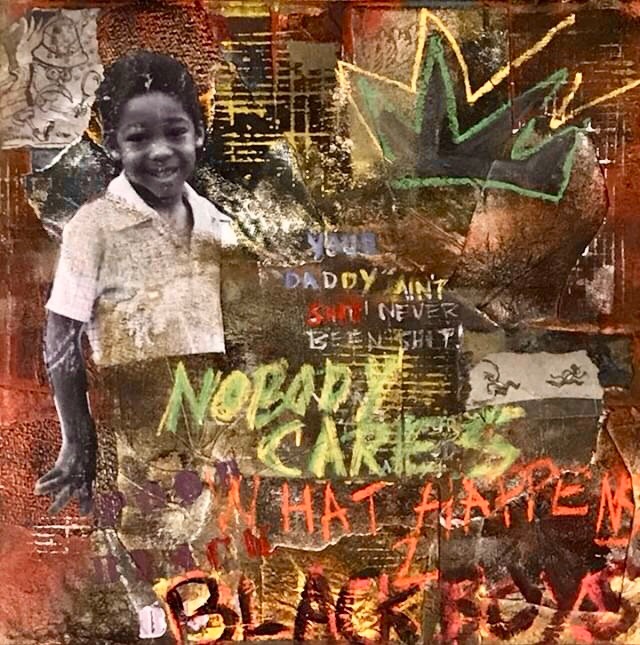
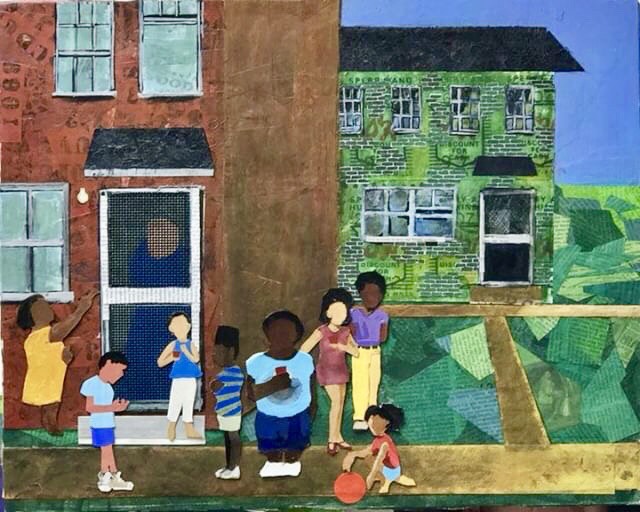
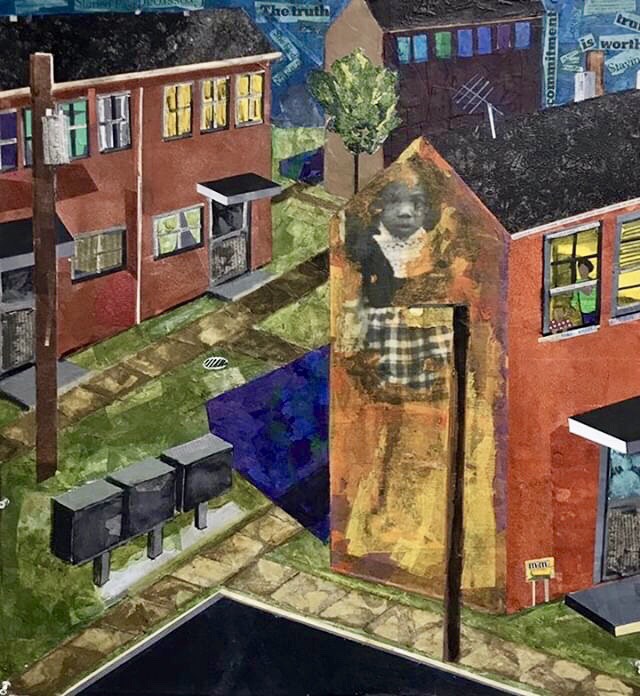
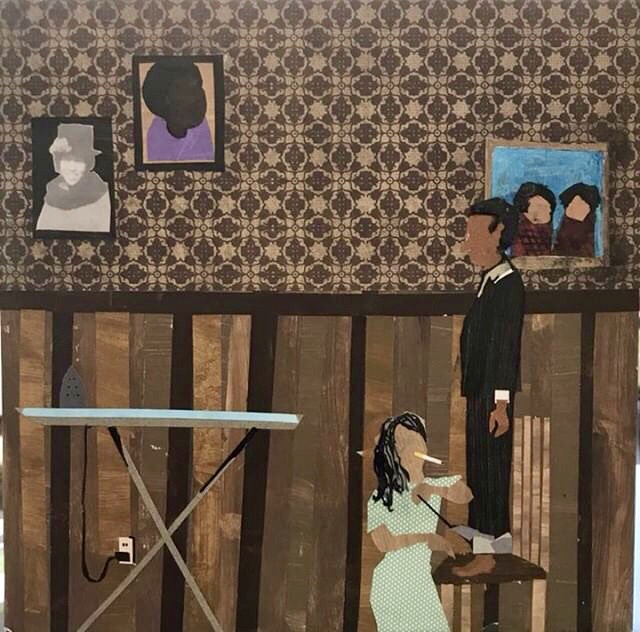
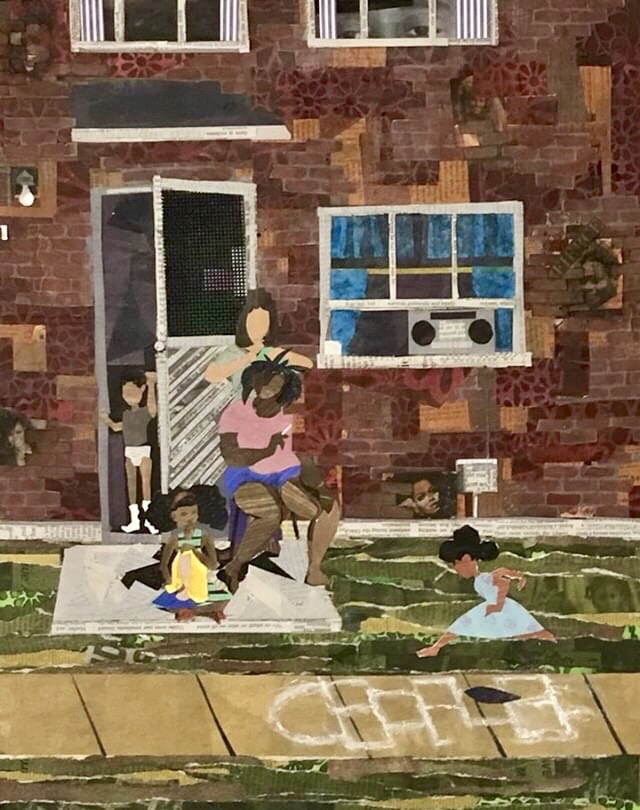

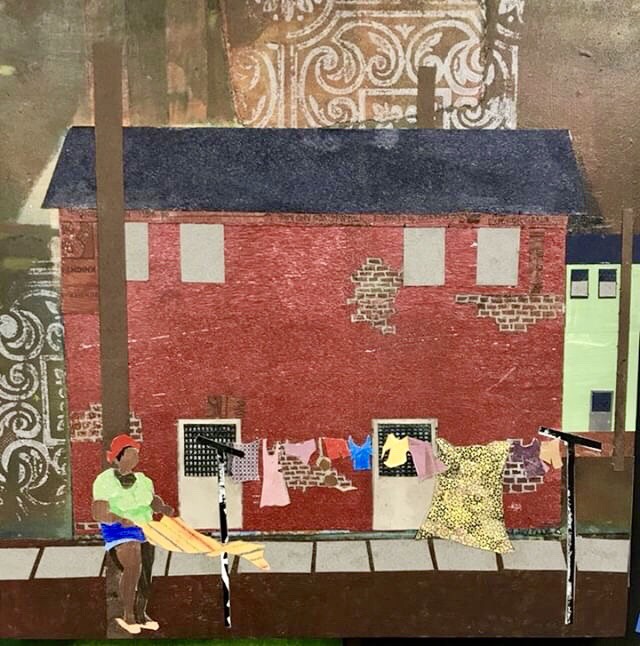
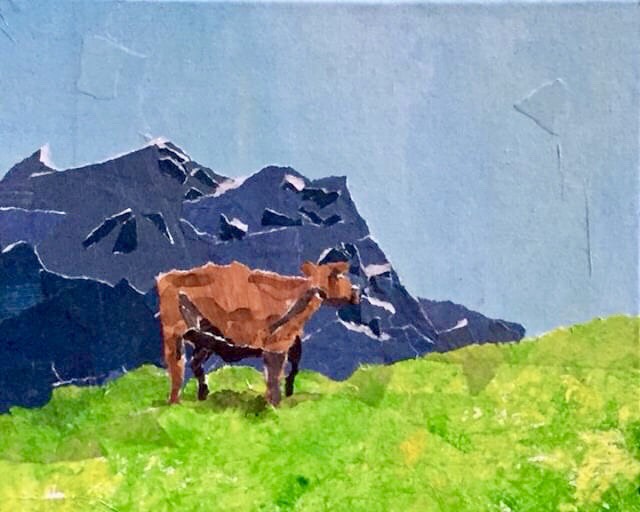
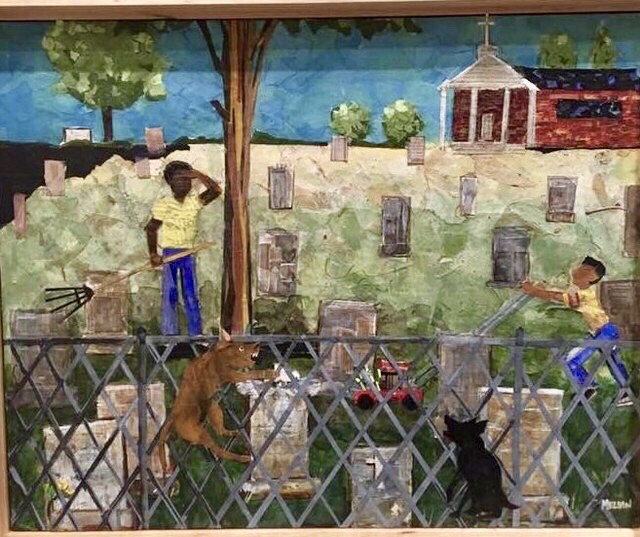
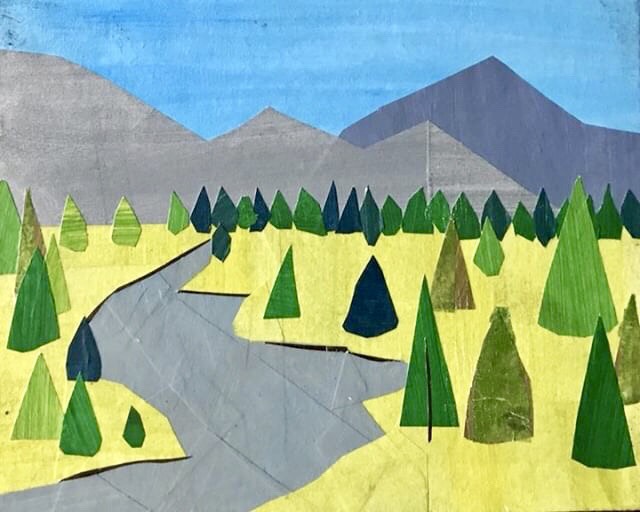
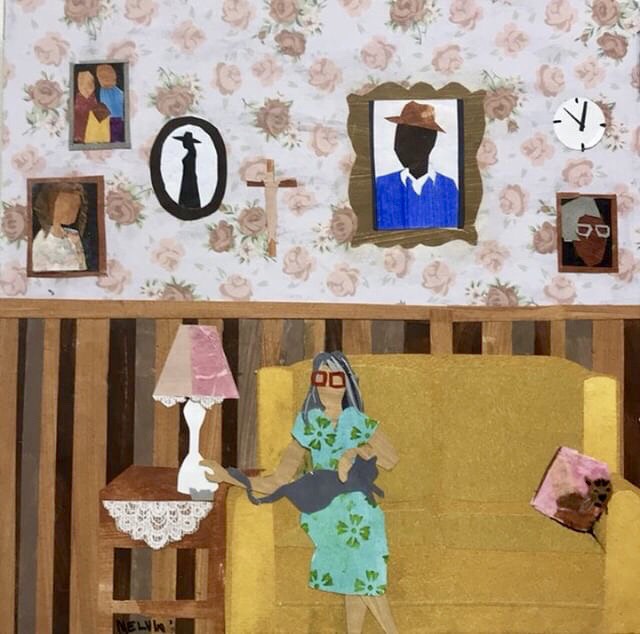
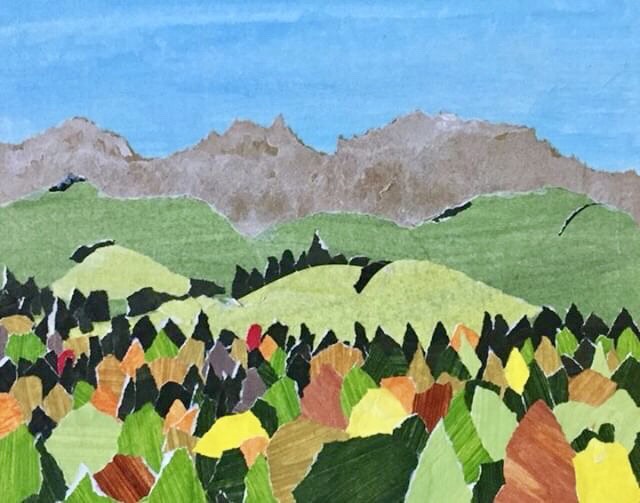
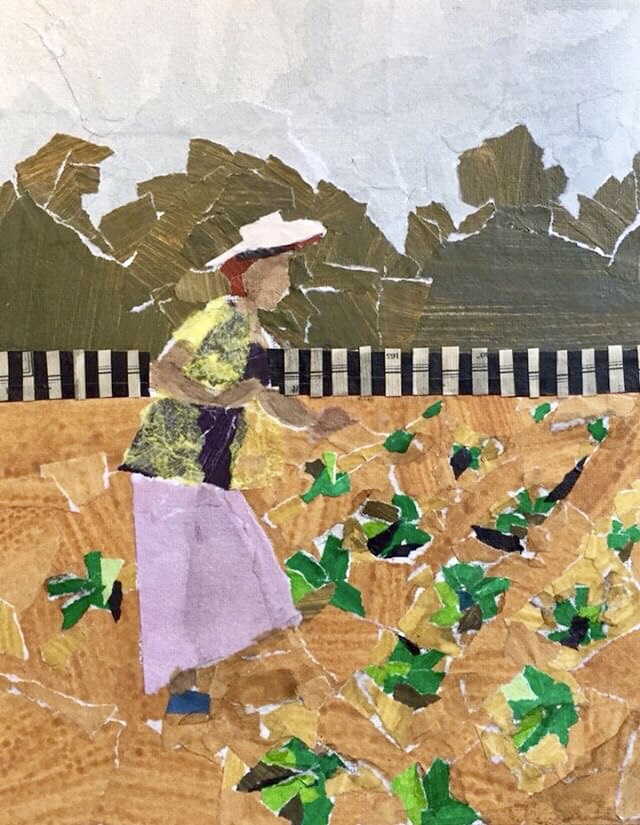
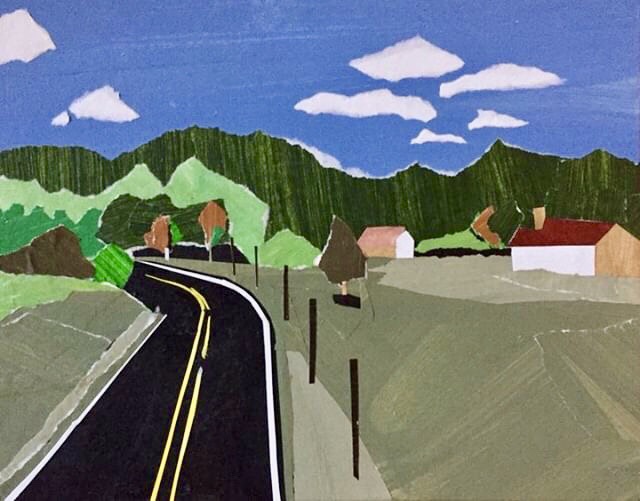
Today’s poetry pairing is inspired by the realness of Melvin’s work:
I, Too
I, too, sing America.
I am the darker brother.
They send me to eat in the kitchen
When company comes,
But I laugh,
And eat well,
And grow strong.
Tomorrow,
I’ll be at the table
When company comes.
Nobody’ll dare
Say to me,
“Eat in the kitchen,”
Then.
Besides,
They’ll see how beautiful I am
And be ashamed—
I, too, am America.






